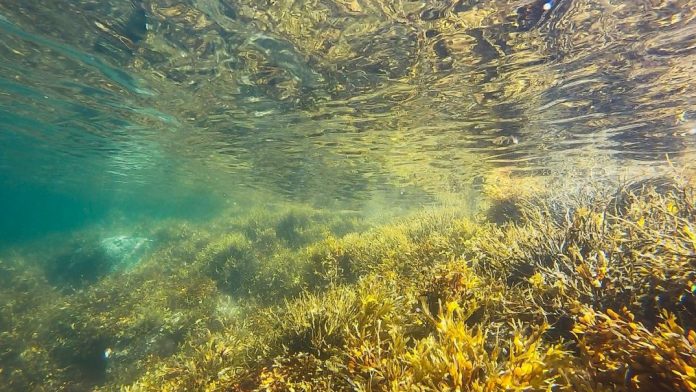Living Ink developed an algae-based ink that could be a sustainable alternative to petroleum derived products. Compared to traditionally used carbon back, it results in a decrease of carbon dioxide emissions by 200 percent.
Ink is everywhere! Almost everything around us requires ink. Carbon black, for producing the often used black ink, is equivalent to releasing over 8 million balloons full of pure CO². A sustainable ink would, therefore have an effect on our climate change that shouldn’t be underestimated. Algae-based ink could be a sustainable alternative to petroleum-derived products.
Living Ink, founded by Dr. Scott Fulbright and Dr. Steve Albers in 2013, has developed an ink based in algae that has a negative carbon footprint, is compostable and resistant to UV light. Compared to traditionally used carbon black, algae-based ink results in a decrease of carbon dioxide emission by 200 percent.
In 2015, Dr. Scott Fulbright gave a TedxMileHigh talk on this issue, that’s definitely worth watching:
From Algae to Ink
Algae use carbon dioxide and sunlight to produce oxygen. More than half of the oxygen we inhale in one deep breath is produced by algae. It’s keeping us alive, basically. Furthermore, algae are growing very fast and come in various colors which are the best requirements for sustainable ink. Further advantages are that algae don’t need fertilizer, herbicides or genetically modified seeds.
In order to make ink from algae, they must grow in controlled containers and were compacted. Afterwards, plant-based components are added to complete the ink formula. They can be printed on paper, cardboard and even cotton textiles. Because it’s 100 percent biodegradable, it can be disposed of on a compost pile and it would be degrade in a matter of days.
The ink can be processed like any other ink, from start to finish. In addition, an analysis of the Rochester Institute of Technology found that black algae ink is both darker black and more resistant to UV light than traditional carbon black. Some printers also reported that it is easier to clean off the flexographic plate than traditional inks.
Algae-based ink can be integrated into many different types of ink, for example for flexographic, lithographic, gravure and potentially digital applications as well as printed on nearly every packaging substrate.
“The World’s First Time-Lapse Ink”
In the early years of the Living Ink research, developers of the ink formula discovered that algae-based ink changes color over the time. But that’s not all! They developed a second ink technology where living algae cells are used as an ink that grows over time when exposed to light. The inks are actually alive! This offers exciting new possibilities, like gift cards whose surface change over time.
In 2017, Living Ink won a National Science Foundation Small Business Innovation grant to develop bio-based pigments for ink. Recently, on the 19th September 2019, they were awarded the “Product Breakthrough of the Year Award” by the Algae Biomass Organization.
We’re curious about the future of this special ink and looking forward to further algae products.











